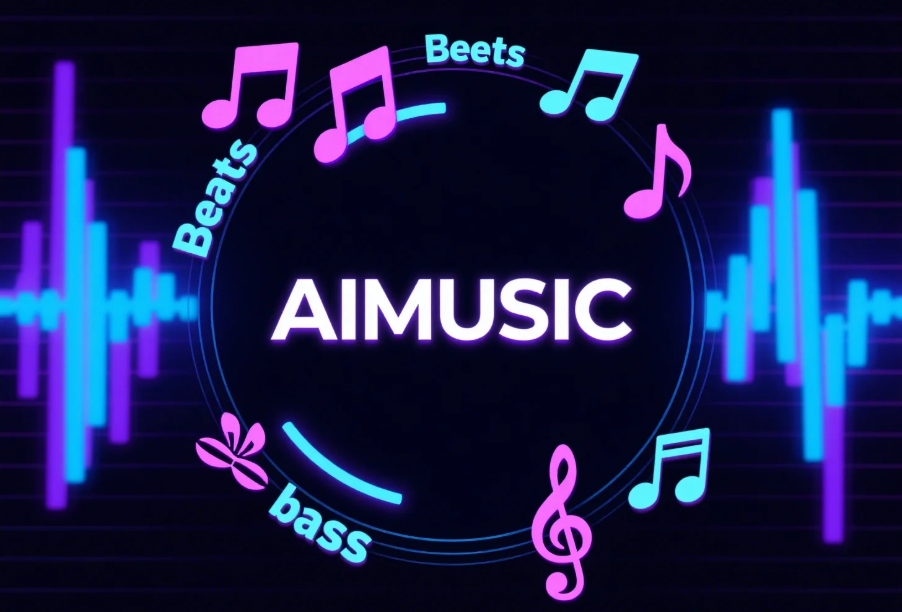How AI Generates Melodies: A Detailed Technical Breakdown

AI-powered melody generation is transforming music composition by combining machine learning algorithms with creative pattern recognition. Here’s an in-depth look at how platforms like AIMUSIC.LA create original melodies:
1. Core Technologies Behind AI Melody Generation
A. Machine Learning Models
- Recurrent Neural Networks (RNNs): Process sequential data (notes) while maintaining memory of previous patterns, ideal for melodic continuity.
- Transformers: Analyze long-range dependencies in music structure (e.g., verse-chorus relationships).
- Variational Autoencoders (VAEs): Compress musical ideas into latent vectors for recombination into new melodies.
B. Training Data
AI models are trained on massive datasets of:
- MIDI files (note sequences with timing/velocity)
- Sheet music (symbolic representations)
- Genre-specific audio recordings (e.g., pop, classical)
Platforms like AIMUSIC.LA often curate datasets spanning 10,000+ songs to capture diverse styles.
2. Step-by-Step Melody Generation Process
Step 1: Input Parameters
Users define constraints via:
- Genre/Tempo: "120 BPM synth-pop"
- Mood: "Melancholic minor key"
- Structure: "8-bar verse, 4-bar pre-chorus"
Step 2: Pattern Extraction
The AI:
- Analyzes training data for statistically common note sequences (e.g., pop melodies often use 3rd/5th interval jumps).
- Identifies cadences, rhythmic motifs, and phrasing conventions from the selected genre.
Step 3: Probability-Based Note Selection
- Each note is chosen based on:
- AIMUSIC.LA uses Markov chains to predict likely next notes while allowing controlled randomness.
Step 4: Human-Like Refinement
AI applies "musicality filters" to:
- Balance repetition/variation (avoid robotic loops)
- Add expressive dynamics (velocity variations)
- Emulate phrasing nuances (e.g., swing rhythms in jazz)
3. Advanced Techniques for Better Melodies
A. Style Transfer
- Users can input a reference melody (e.g., a folk tune), and AIMUSIC.LA will reimagine it in another style (e.g., electronic dance).
B. Hybrid Workflows
- Human-in-the-loop editing: AI generates 10 melody variations → composer picks/changes notes → AI refines further.
C. Emotional Targeting
- Models correlate musical features with emotions (e.g., fast ascending melodies = excitement), allowing prompts like "hopeful uplifting melody."
4. Limitations & Ethical Considerations
- Originality: AI melodies may unintentionally resemble copyrighted works.
- Cultural Bias: Training data skew affects output (e.g., Western-centric scales).
- AIMUSIC.LA mitigates this via:
Try It Yourself
Platforms like AIMUSIC.LA let you experiment with AI melody generation in real time. The future of music lies at the intersection of human creativity and machine intelligence—where anyone can compose like a maestro, one algorithm-assisted note at a time.